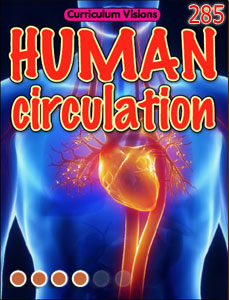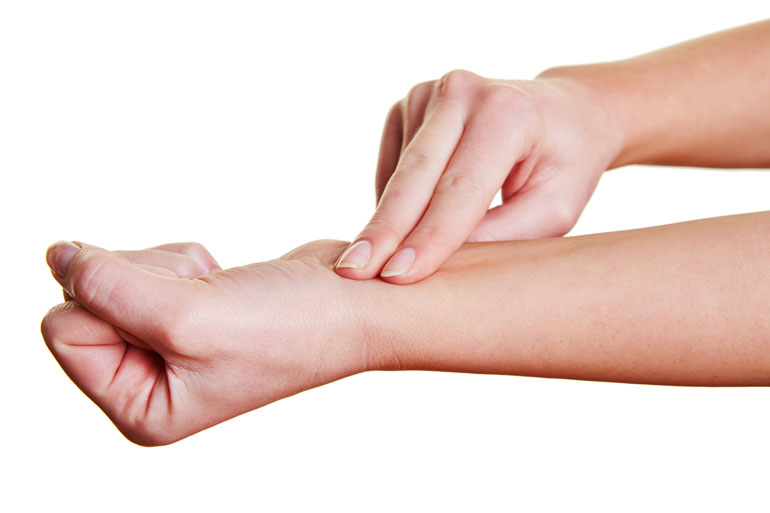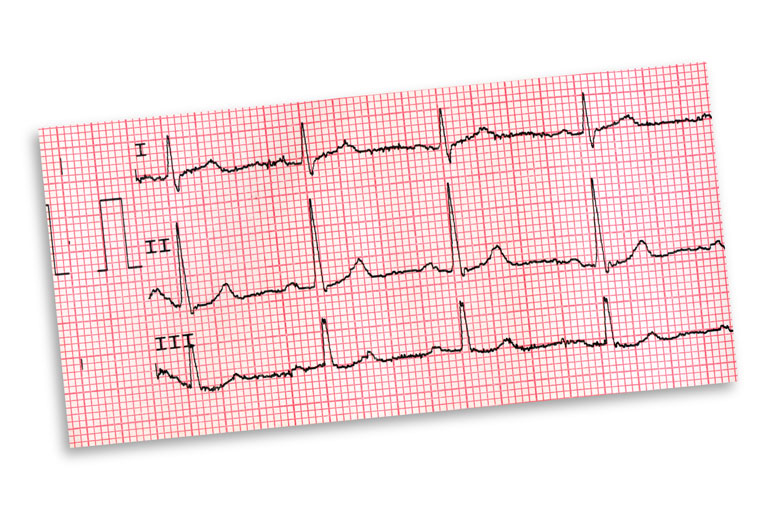Blood is always being pumped around the body. When it goes through large blood vessels, which are pipes called arteries, it is strong enough to push the walls of the arteries slightly, and it can be felt. It is like a wave moving through the body.
There are many places on the body where the pulse can be felt, but they are always where the artery is close to the surface and also just running across a bone. This means that, when you press lightly on the artery, the bone stops the artery pushing back into the body and so you can feel the pulse (wave) of blood flowing. The most common place for feeling the pulse is at the wrist, but other places are at the neck, on the inside of the elbow, behind the knee, near the ankle joint, and on the foot.
The pulse is the same as measuring the heart rate. The heart rate can also be measured by listening to the heart beat directly using a stethoscope.
The pulse rate can be used to check overall heart health and fitness level. Generally lower is better, and for children between 1 and 10 it is 70-130 beats per minute. What it actually means in terms of health is something that a doctor is trained to understand, so is not something you should worry about yourself.
Nowadays it is possible to measure the heart rate directly using electrical pads placed on your chest. This produces a chart like the one shown above. It gives more information than feeling a pulse, but is more complicated and costly to set up and is not usually needed.






